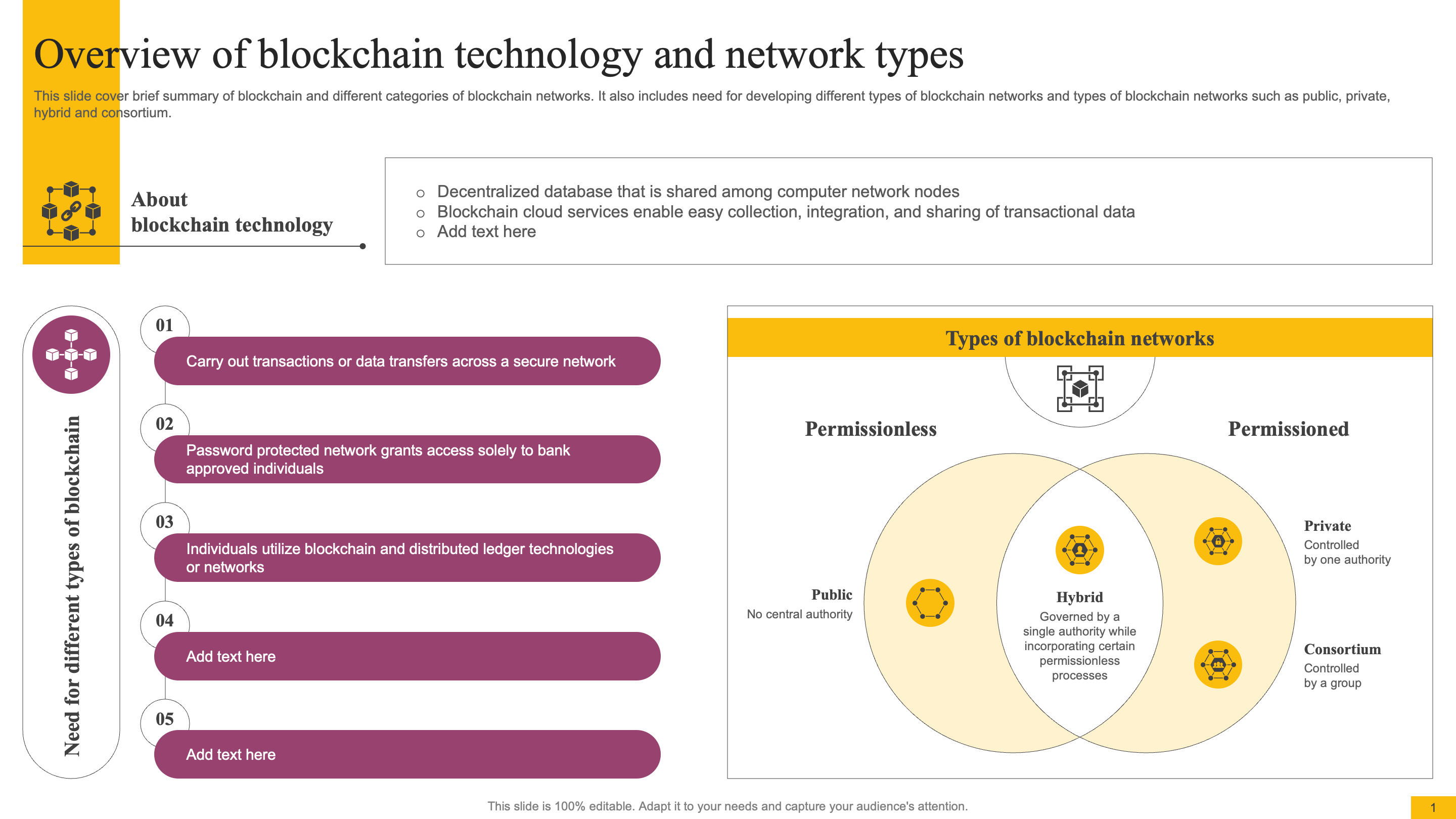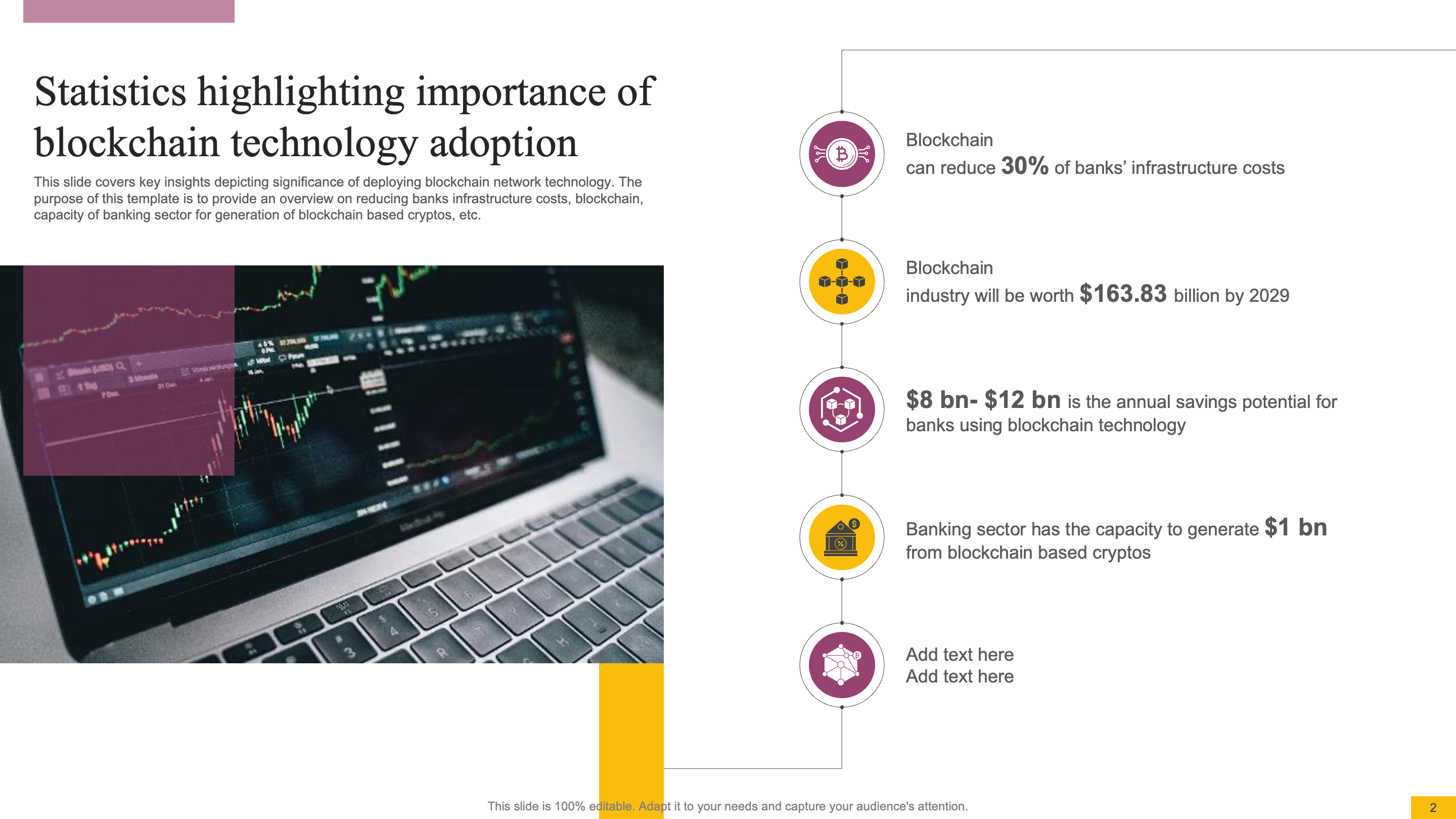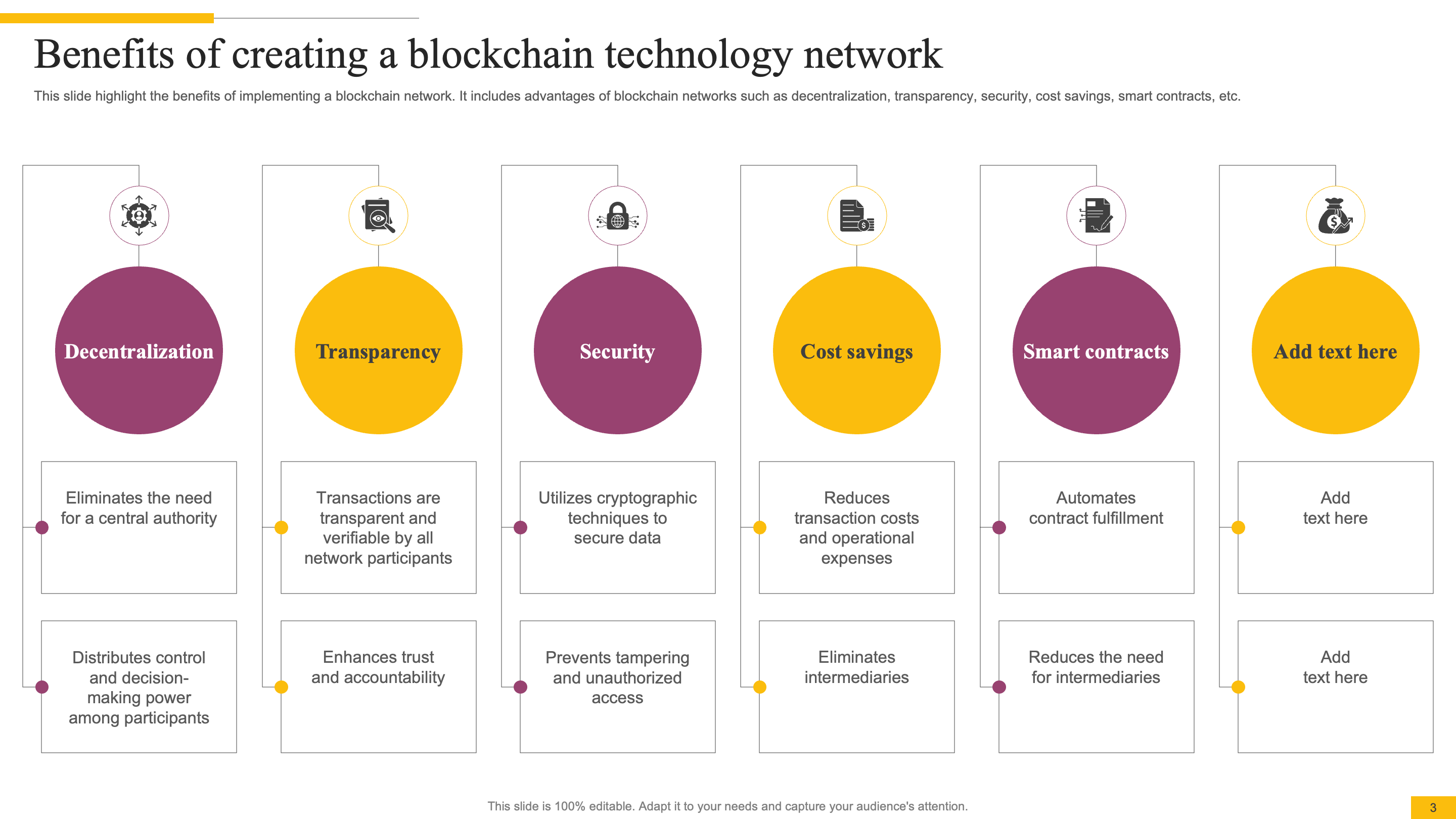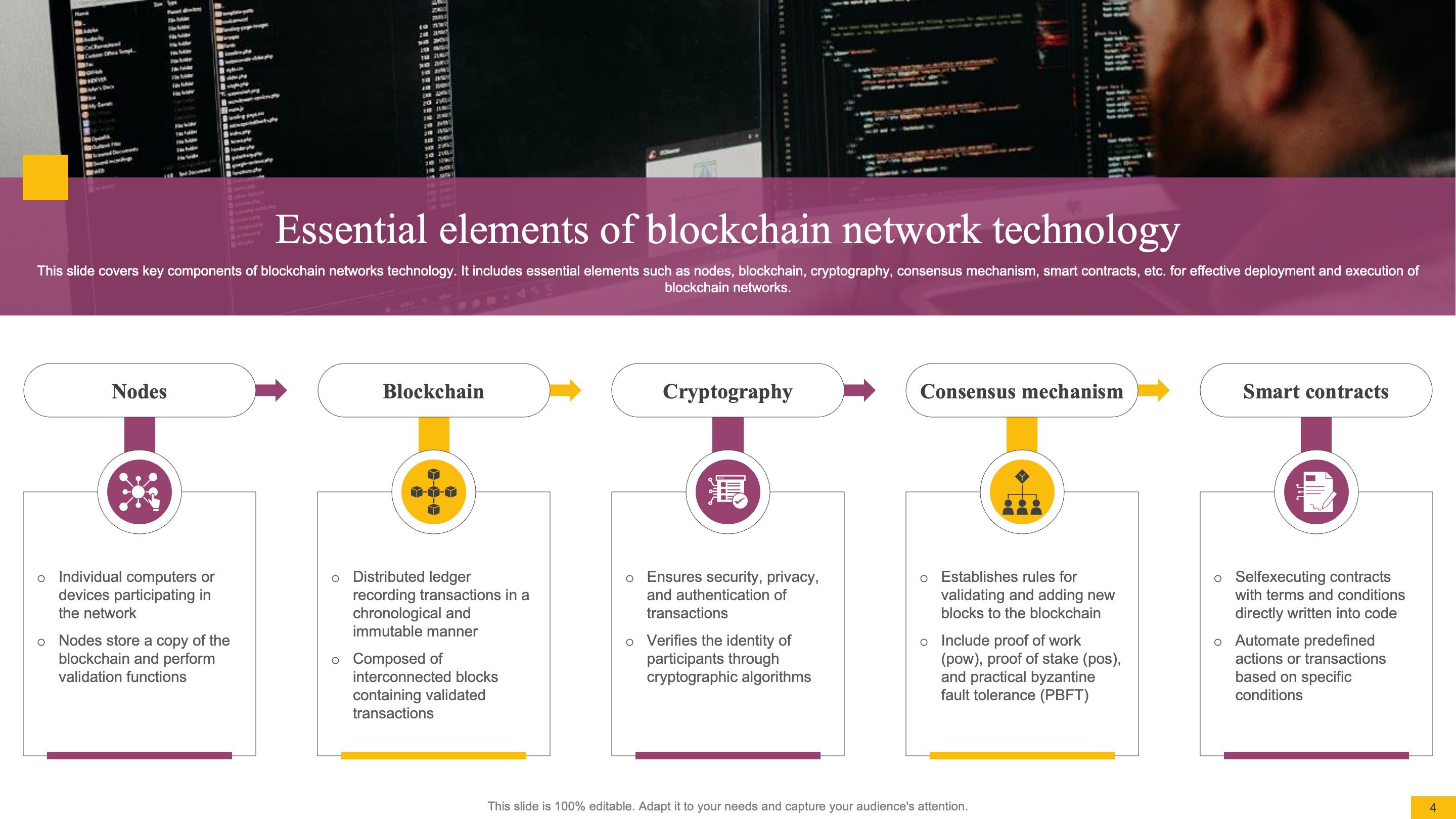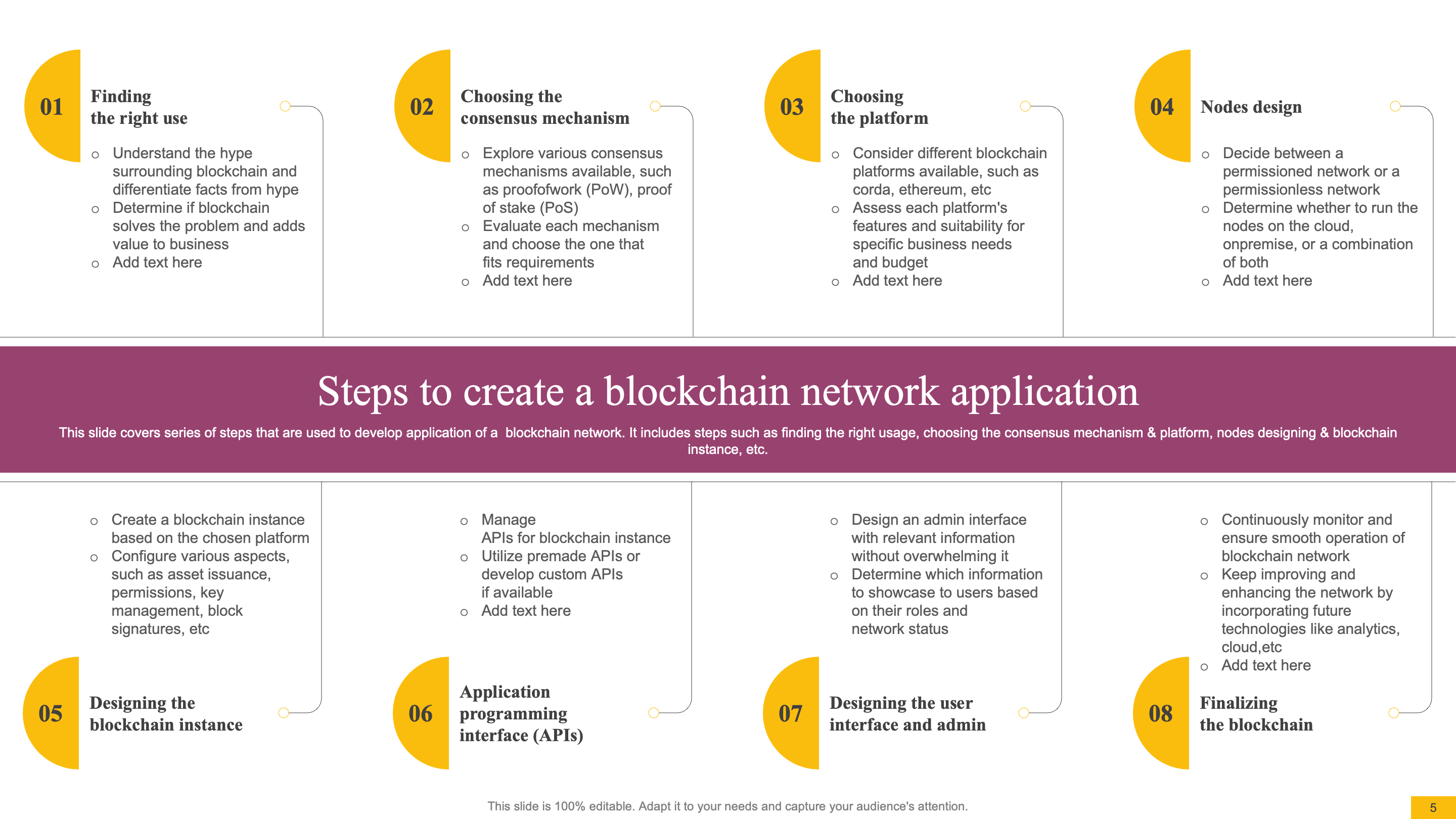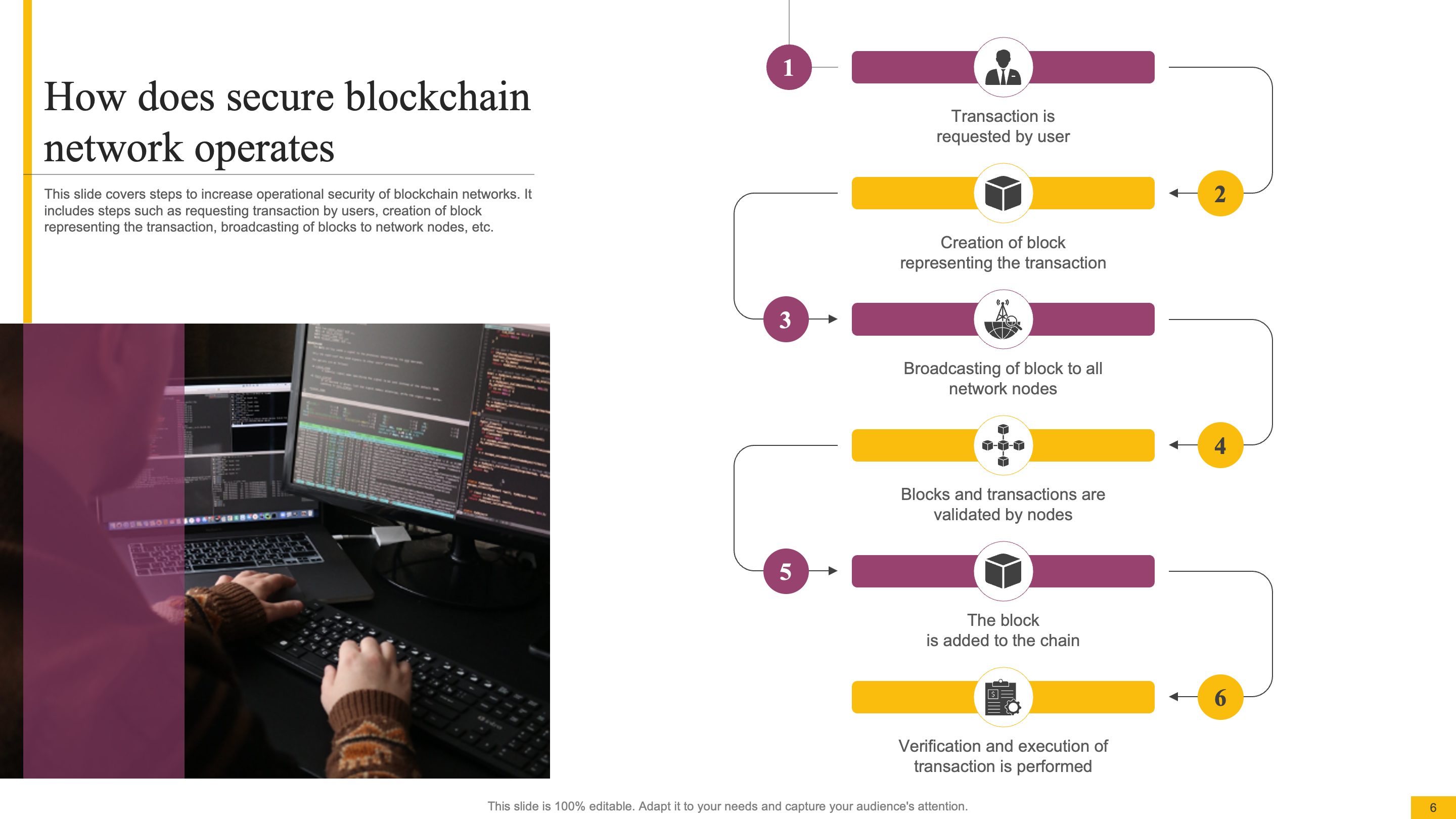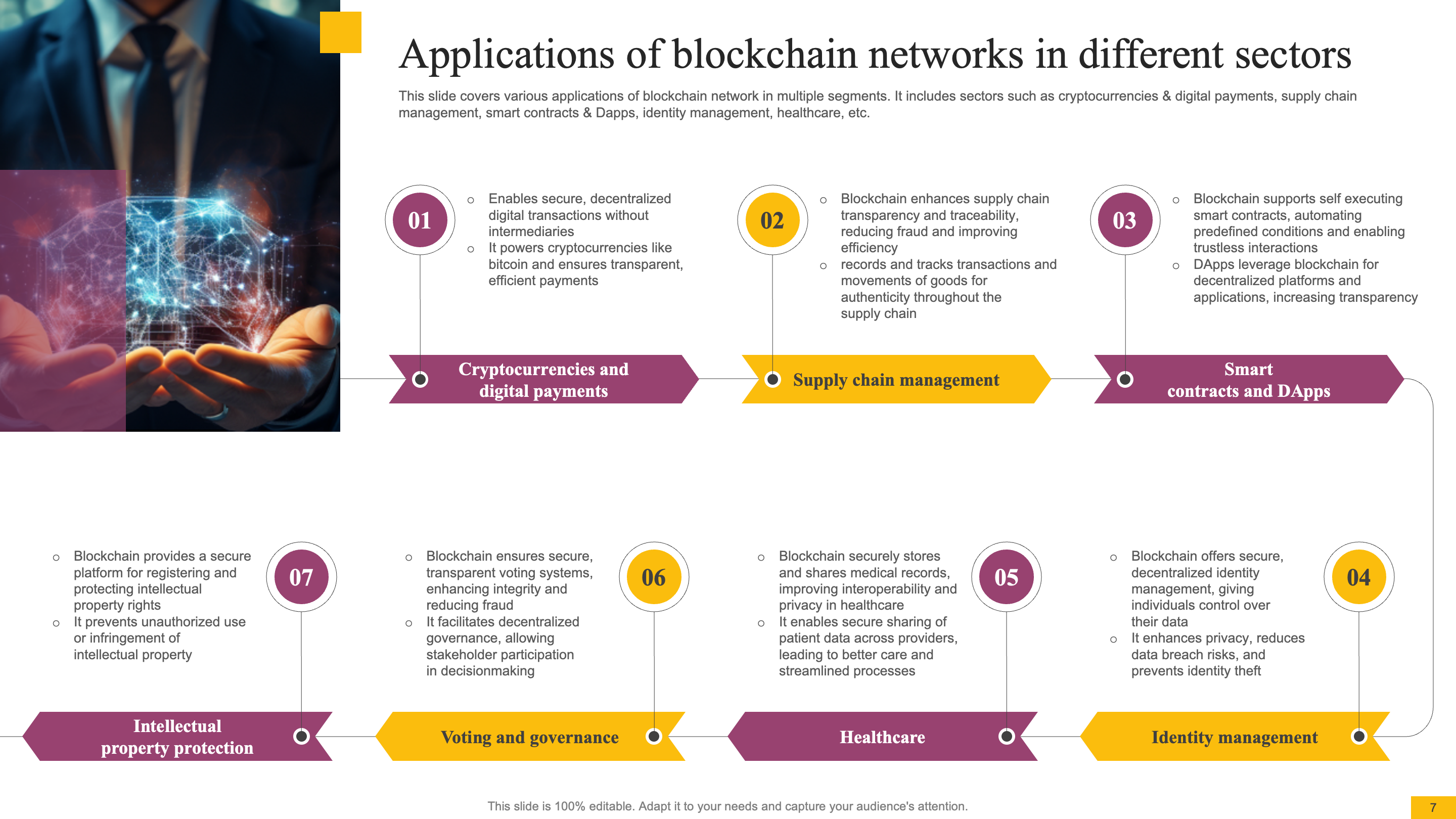Blockchain technology has come a long way, transforming from a mere buzzword to an exciting new frontier for our digital age. Its possibilities go beyond any single industry and have the potential to reshape everything from healthcare to online gaming.
In this blog post, we'll take a deep dive into the blockchain industry, exploring its various components, applications, and the advantages it brings.
What is Blockchain?
To put it simply, a blockchain is like a super secure data chain that allows business networks to share assets, store info, and keep track of transactions. It's basically a special kind of database. But what sets blockchain apart from regular databases is how the data is organized. Instead of using centralized tables like traditional databases, blockchain uses a decentralized, peer-to-peer network that promotes collaboration rather than having a single controlling authority.
How Blockchain Works
A blockchain is basically a system that enables a group of people to securely share important information. Take, for instance, a blockchain used for cryptocurrencies. It keeps track of all the details about crypto transactions, such as the person who made the trade, the person receiving it, and the amount of currency involved.
Key Components
Let's explore some essential elements of blockchain technology using PowerPoint slides.

Grab this Complete deck of 62 Slides!
Overview of blockchain technology and network types
This slide is all about blockchain and its different types of networks. Blockchain is a decentralized ledger that comes in different forms to suit different purposes.
- Public blockchains are open to everyone, making sure that everything is transparent.
- On the other hand, private blockchains limit access to ensure confidentiality.
- Hybrid blockchains combine the best of both worlds, offering flexibility.
- Consortium blockchains involve a group of organizations sharing control.
The need for different types of networks comes from different use cases, highlighting the importance of adaptability. Understanding public, private, hybrid, and consortium blockchains is crucial for tailoring solutions to specific requirements.
Download this PowerPoint Template Now!
Statistics highlighting importance of blockchain technology adoption
This slide displays the crucial role of implementing blockchain technology in the banking industry, with a focus on reducing costs and creating cryptocurrencies. Blockchain plays a vital role in simplifying bank infrastructure, resulting in substantial savings. Its decentralized nature enhances security and minimizes the risk of fraud. The banking sector's ability to generate blockchain-based cryptocurrencies is highlighted, demonstrating its potential for innovation. With blockchain, banks can improve efficiency, strengthen security, and harness the transformative power of decentralized technologies.
This overview provides a solid foundation for understanding how adopting blockchain can bring significant cost-effectiveness and open up new opportunities for the banking industry.
Download this PowerPoint Template Now!
Benefits of creating a blockchain technology network
This slide showcases the numerous advantages of establishing a blockchain network. Firstly, decentralization stands out as a remarkable feature that distributes control and fosters trust. Additionally, transparency serves as a significant benefit by ensuring a clear and unalterable record of transactions.
Enhanced security is achieved through the use of cryptographic methods, safeguarding sensitive data. Cost savings are also a major advantage as intermediaries are minimized, resulting in reduced operational expenses. Smart contracts further enhance the network by automating and enforcing contractual agreements, streamlining processes.
Blockchain networks provide a solid foundation for secure, transparent, and cost-effective operations. These benefits position blockchain as a revolutionary technology capable of transforming various industries by offering a reliable and efficient framework for transactions and data management.
Download this PowerPoint Template Now!
Essential elements of blockchain network technology
This slide shows an overview of the essential components needed to understand and implement blockchain networks effectively. The participants in the network, known as nodes, work together to validate and record transactions, which form the core of the system. The blockchain itself acts as a decentralized and unchangeable ledger, ensuring that all transactions are transparent and resistant to tampering.
Cryptography plays a crucial role in safeguarding data by using advanced algorithms to protect information integrity and privacy. Additionally, consensus mechanisms ensure that nodes reach an agreement, creating a synchronized and reliable ledger. Smart contracts, which are self-executing contracts with predefined rules, automate processes and improve efficiency.
Grasping these key elements—nodes, blockchain, cryptography, consensus mechanisms, and smart contracts—you can establish a solid foundation for deploying and operating blockchain networks, promoting transparency and security.
Download this PowerPoint Template Now!
Steps to create a blockchain network application
This slide represents the step-by-step process involved in creating a blockchain network application. It all starts with determining how the application will be used and making sure it fits well with the advantages of blockchain technology. Then, it's crucial to choose the right consensus mechanism and platform to ensure the network functions properly. After that, we move on to designing nodes and configuring the blockchain instance, which forms the basis of the decentralized network.
Developing smart contracts that follow predefined rules for automation is a key aspect of the process. Thoroughly testing the application is important to ensure its reliability and security. Finally, we have deployment and ongoing maintenance to ensure the smooth operation of the blockchain application. These systematic steps are essential in creating a well-designed, secure, and efficient blockchain network application.
Download this PowerPoint Template Now!
How does secure blockchain network operates
This slide showcases the key measures to boost the operational security of blockchain networks. To begin, users kickstart security by making transaction requests, which triggers the formation of a secure block containing all the transaction details. This block is then shared with network nodes, guaranteeing a decentralized and tamper-proof ledger. The security is further reinforced through consensus mechanisms among nodes. Encryption and validation processes play a crucial role in preserving the data's integrity.
Adhering to these systematic procedures, blockchain networks fortify their operational security, creating a transparent and resilient platform for transactions while blocking any unauthorized access or modifications to the decentralized ledger.
Download this PowerPoint Template Now!
Applications of blockchain networks in different sectors
This slide displays the wide range of uses for blockchain networks in different fields.
- For cryptocurrencies and digital payments, blockchain guarantees safe and transparent transactions.
- Supply chain management benefits from improved traceability and accountability.
- Smart contracts and decentralized applications (DApps) simplify processes in various industries. Blockchain's involvement in identity management ensures secure and trustworthy identification methods. In healthcare, it enables secure data sharing and compatibility.
These examples illustrate the flexibility of blockchain technology, making it a best solution with far-reaching effects on how industries handle transactions, information, and operations.
Download this PowerPoint Template Now!
Conclusion
In this comprehensive guide we have covered blockchain networks along with their significance and applications across diverse sectors. From the foundational components to the steps involved in development and the various benefits they offer, we've explored this transformative technology in detail.
Blockchain is revolutionizing the way we handle transactions, security, and decentralized systems. It's crucial for both businesses and individuals to understand its potential. To gain a deeper understanding, you can download our fully customizable presentation for an enlightening overview and practical tips. Embrace the future of secure, transparent, and efficient operations with blockchain technology. Start your blockchain journey today by clicking here to download the presentation.





 Customer Reviews
Customer Reviews

